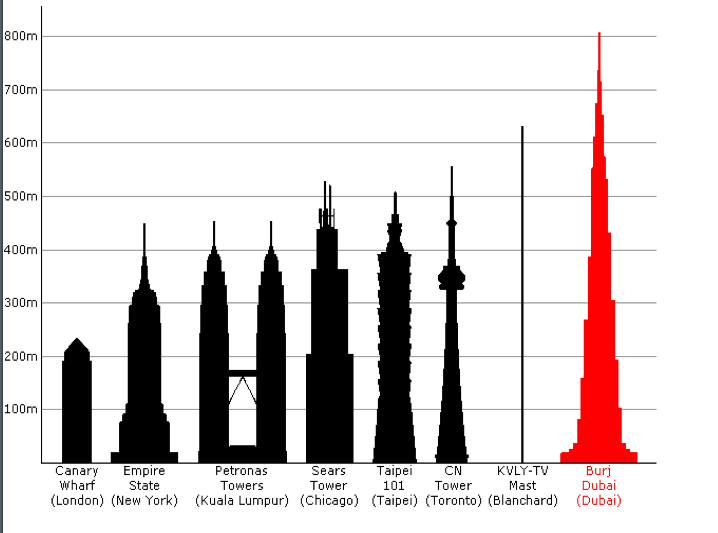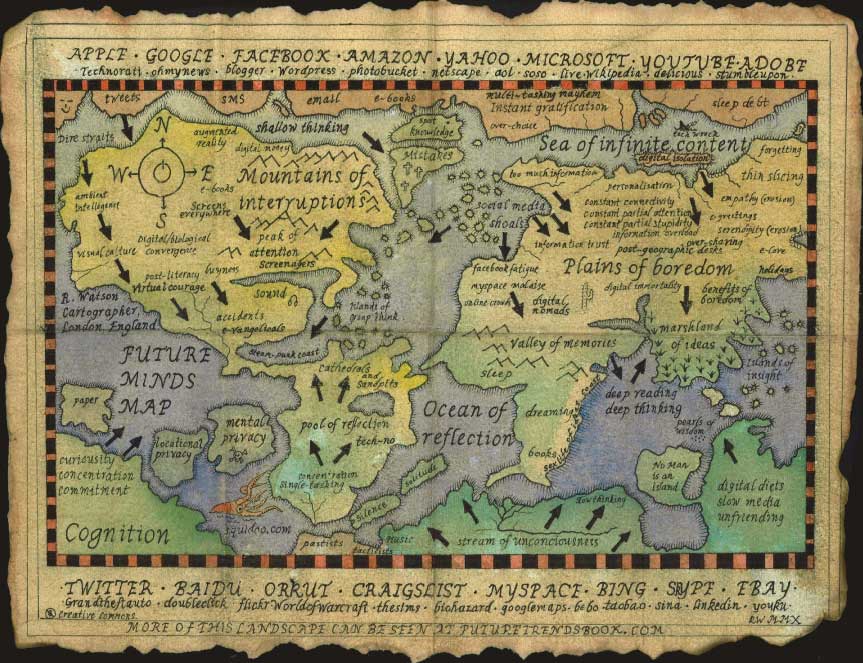Imagine, for a moment, that the English mathematician, engineer and inventor Charles Babbage (1791-1871) had pursued his vision and created a fully functional personal computer. Imagine, also, that instead of silicon Babbage had done it with brass, steel and leather. Insane? Romantic?
Steampunk is the name of a movement. It’s not new. It’s lineage goes back at least 30 years and even beyond to HG Wells and Jules Verne. William Gibson and Bruce Sterling are probably linked in too. So what is it?
The idea is essentially a fixation with Victorian technology. A romantic mix of steam, metal, gears and mechanical engineering. But it’s not what it is but what it represents that fascinates me.
The reason that Steampunk is interesting is that it is highly relevant to our times. It is a response to the realities of modern life, especially the fact that parts of our lives are out of control. It is a counter-trend to the fact that life, especially in developed nations, is atomised, fast-paced, over-loaded with information, choice and needless innovation.
For example, a Kindle gives no clue as to whence it came. It is a perfect product so complex that aliens might as well have created it in a distant galaxy. We have no idea how it really works and cannot fix it when it breaks. Steampunk is to consumer electronics what Punk music was to Disco music. It makes the hidden visible. You can play with it, fool around with it, subvert it, hack it and touch it. Most of all anyone can do it.
That’s what I think is missing nowadays. We want to understand how things work but most of all we want to touch things and use our hands as well as our brains.




